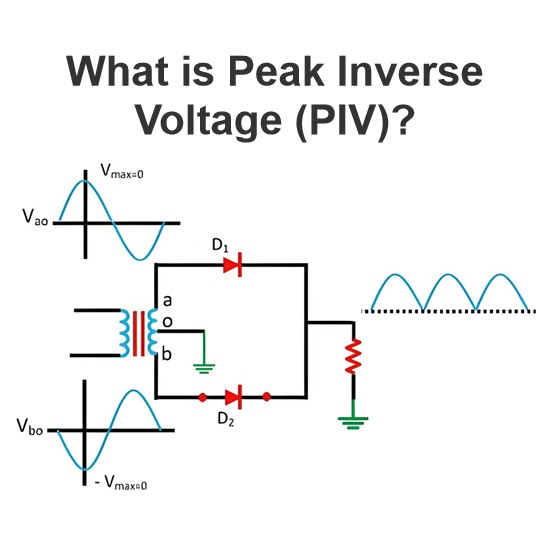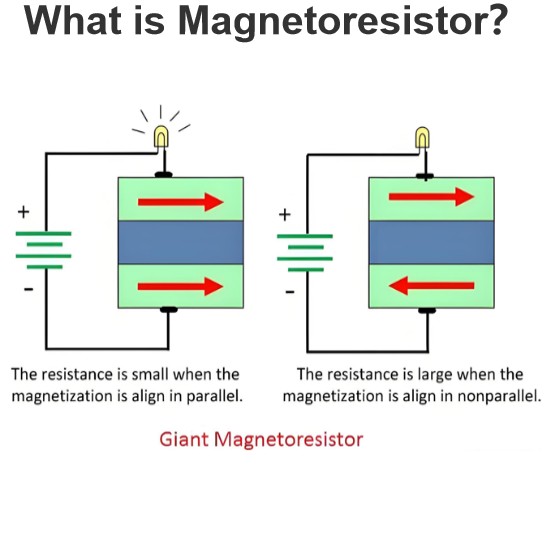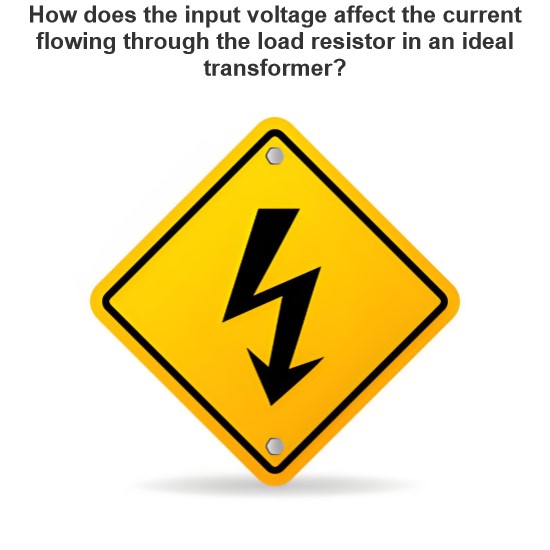What is the maximum current safe for the human body?
What is the maximum current safe for the human body?
The effect of electric current on the human body
Perceptual threshold
0.5 mA to 1 mA: This is the threshold at which most people can feel the current pass through. In this range, the body will feel a slight tingling or tingling sensation.
Relaxation threshold
5 mA to 10 mA: In this range, the current is sufficient to cause muscle contraction, making it difficult for the finger or hand to release the power voluntarily. This is called the "letting go threshold."
Respiratory depression threshold
20 mA to 50 mA: In this range, the current can cause breathing difficulties or respiratory arrest, posing a threat to life.
Cardiac arrest threshold
75 mA to 100 mA: In this range, the current is sufficient to cause fibrillation of the heart, which can trigger cardiac arrest.
The difference between alternating current and direct current on human body
Alternating current (AC) : Alternating current has a greater impact on the human body because it constantly changes direction as it alternates between positive and negative half-cycles, causing repeated muscle contractions and increasing the likelihood of injury.
Direct current (DC) : Although direct current can also cause harm to the human body, its impact is usually less than the impact of alternating current under the same conditions.
Safe current limit
According to the provisions of the International Electrotechnical Commission (IEC) and the National Electrical Code (NEC), the limits of AC current that are safe for humans are generally considered to be:
Alternating current (AC) : 10 mA (for adults).
Direct current (DC) : 50 mA (for adults).
Other factors
It should be noted that the effect of current on the human body is also affected by the following factors:
Current path: The path of current through the heart is more dangerous than the path through the limbs.
Current duration: The longer the current duration, the greater the impact on the body.
Skin resistance: The resistance is higher when the skin is dry, and the resistance is lower when the skin is wet, which affects the degree of current passing through the human body.
Individual differences: Different people's physical and health conditions can affect how they respond to electricity.
Conclusion
In summary, the maximum current that is safe for the human body is generally defined as:
Alternating current (AC) : 10 mA
Direct current (DC) : 50 mA.
However, please note that even these current values can cause discomfort or minor injury to the human body, so any form of current passing through the human body should be avoided as much as possible during electrical safety operations.
The Electricity Encyclopedia is dedicated to accelerating the dissemination and application of electricity knowledge and adding impetus to the development and innovation of the electricity industry.













